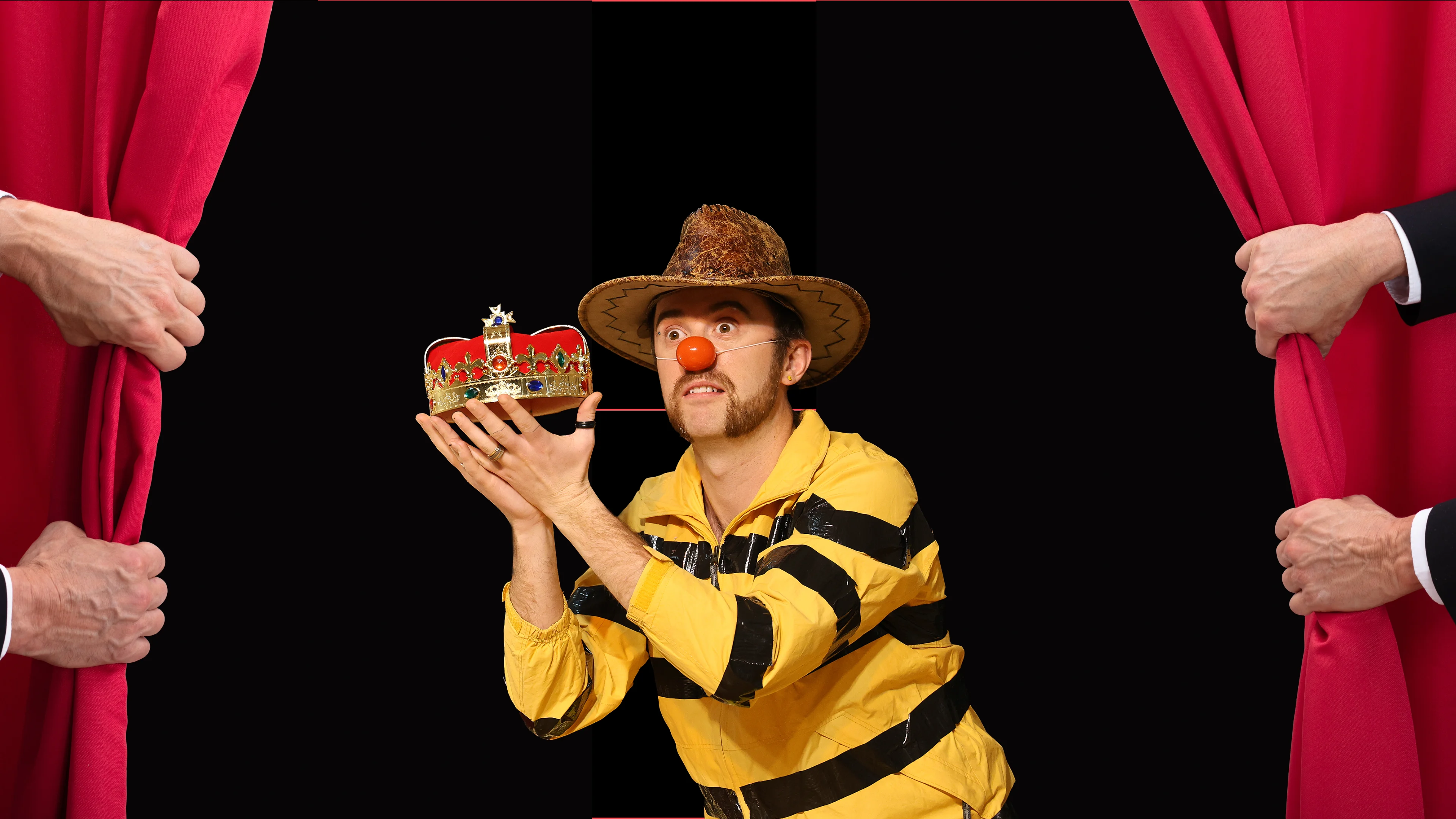
Taster Class In Clown Comedy
Theatre Deli, London
Learn More

Stand-up comedy is one person, a microphone, and a room full of people - ideally laughing. It’s the most direct form of comedy: just you and the audience, face to face, with nothing to hide behind (except maybe a well-crafted punchline or two).
In stand-up, the performer typically plays a version of themselves - delivering jokes, stories, observations, rants, or musings straight to the audience. It’s personal, punchy, and often draws from real life. But it doesn’t have to be autobiographical - as long as it feels authentic, anything goes.
Some stand-ups are one-liner machines. Others are storytellers, philosophers, or mischief-makers. The only rule? Be funny.
Solo performance (usually)
Direct audience address - no fourth wall
Material is pre-written, but can feel conversational or improvised
Jokes may be structured around set-up and punchline, callbacks, act-outs, or personal storytelling
Often performed in clubs, open mics, theatres, festivals, or TV specials
Observational — finding humour in everyday life
Storytelling — weaving long, personal or absurd tales
One-liners — quick, sharp jokes in rapid succession
Dark or political — tackling heavier themes through comedy
Absurdist — playing with logic, language, or expectation
High character — some stand-ups perform as heightened versions of themselves or even fictionalised personas (blurring into Character Comedy)
Character Comedy: In stand-up, the performer is typically themselves; in character comedy, they’re someone else entirely.
Sketch: Sketch is scene-based with multiple characters. Stand-up is direct and solo.
Improv: Improv is spontaneous and collaborative; stand-up is scripted and solo (though skilled comics may riff or interact with hecklers).
Clown: Clown leans into presence, failure, and audience sensitivity. Stand-up leans into control, timing, and writing.
Jerry Seinfeld talking about socks in the laundry
Hannah Gadsby blending stand-up with personal storytelling in Nanette
James Acaster delivering layered absurdity with surgical precision
Billy Connolly, Ali Wong, John Mulaney, Lenny Bruce, Josie Long
